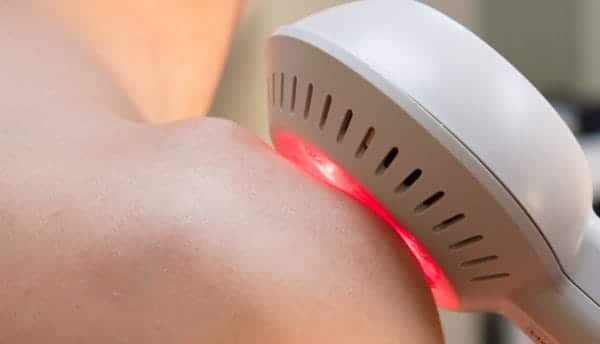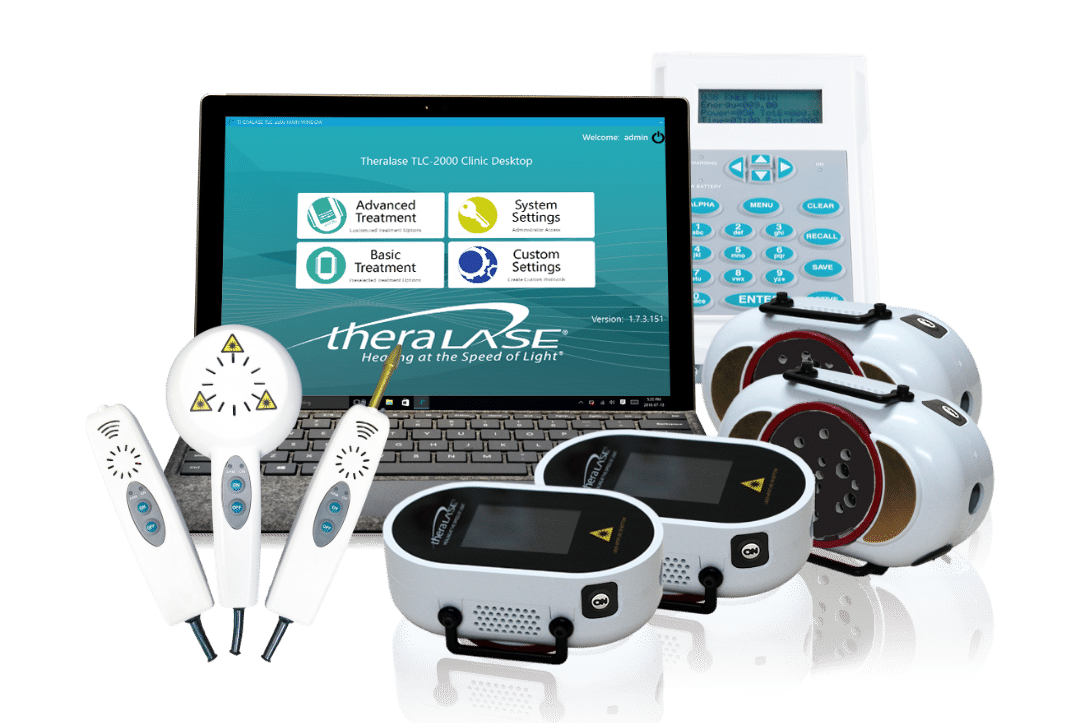
Research Capital analyst André Uddin is sticking with his “Speculative Buy” rating on drug and device developer Theralase Technologies (Theralase Technologies Stock Quote, Charts, News, Analysts, Financials TSXV:TLT) after the company’s latest earnings report. In an update to clients on Tuesday, Uddin said time will tell how Theralase’s lead photodynamic compound, TLD-1433, compares with Merck’s immunotherapy Keytruda.
Toronto-based Theralase has a legacy business in marketing cool laser therapy devices for pain and inflammation management and is currently focused on developing its photodynamic therapy for treating BCG-unresponsive non-muscle invasive bladder cancer (NMIBC).
The company released its second quarter financials on Tuesday, showing total revenue up 47 per cent year-over-year to $430,000 with a net loss of $2.1 million compared to a loss of $3.3 million a year ago. Theralase ended the quarter with $5.9 million in cash and zero debt.
Theralase attributed the top-line gain to the impact of COVID-19 last year where healthcare practitioners had closed offices and put orders for the company’s cool laser devices on temporary or permanent hold. The lower net loss was chalked up to a delay in patient enrolment and treatment for its Phase 2 NMIBC clinical study due to COVID 19 along with decreased salaries due to COVID-19, resulting in the loss (resignation or termination) of administrative, research and production personnel).
Theralase had a leadership shake-up recently with the departure of CEO Shawn Shirazi on August 20, with John Trikola, recent president of Gardner Ross Corp., taking on the positions of COO and Interim CEO.
“I am honored to join Theralase as the COO and Interim CEO. I have developed a deep appreciation for what makes Theralase so special and I believe the Company has tremendous opportunities in front of it to capitalize on the innovation and technological advancements that the Company has demonstrated to date. I look forward to working with all stakeholders to enhance the buyer experience and provide additional capabilities that will help health care practitioners sustain and grow their businesses. I will focus on continuing to evolve the Company’s strategy while delivering on Theralase’s commitment to maximizing long-term shareholder value,” said Trikola in an August 19 press release.
On the NMIBC study, Theralase said it has five clinical study sites now launched in Canada and seven in the United States for patient enrolment and treatment, for a total of 12 sites. So far, the study has provided primary study treatment for 24 patients including three from the Phase 1b study treated at the Therapeutic Dose for a total of 27.
On the preliminary results, Theralase said,
“The current interim analysis of the clinical data (with significant clinical data still pending and based on only 27 patients) demonstrates that Study II’s primary (33.3 per cent) and tertiary objectives (1 Severe AE) demonstrate a strong initial efficacy, strong durable efficacy and a high safety profile. There is insufficient data to comment on the Study II secondary objective,” the company stated in the August 30 press release.
Commenting on the quarter and preliminary results, Uddin said with the TLD-1433 still in Phase 2, financials are less important for TLT at the moment.
On the Phase 2 study, Uddin said, “TLT reported an interim analysis across a treatment period of 450 days based on the 24 subjects and three subjects from the previous Phase 1b trial treated at the therapeutic dose. At 90 days of treatment, 33.3 per cent of the 27 subjects (nine) achieved CR, which decreased to 18.5 per cent (5) at 270 days and 11.1 per cent (3) at 360 days. We believe what is most important with this preliminary dataset is that at 270 & 360 days, there were 37.0 per cent (10) and 40.7 per cent (11) of the 27 subjects which had not received both doses of TLD-1433.”
On the comparison with Merck’s Keytruda, which has been approved for BCG-unresponsive NMIBC and has achieved a 19 per cent complete response at 12 months of treatment in the pivotal KEYNOTE-057 study, Uddin wrote,
“For the 27 subjects in TLT’s pivotal trial to achieve the same CR rate at 360 days as Keytruda, an additional three subjects out of the 11 which had not received both doses of TLD-1433 would need to achieve CR – representing a 27 per cent threshold (3/11) – we believe this is a feasible threshold for Theralase given the data presented to date,” Uddin said.
“As the Phase 2 pivotal trial continues to progress, we believe the results should elucidate the efficacy potential of TLT-1433. We are maintaining our SPECULATIVE BUY rating and a target price of $0.70,” Uddin wrote.
Uddin also commented on a recent event from competitor Sesen Bio, which on August 13 received a complete response letter (CRL) from the US FDA on a BLA for its Vicineum in BCG- unresponse NMIBC. Uddin related that Sesen aims to meet with the FDA in the fourth quarter of this year to get better clarity on next steps. The analyst said the announcement could open a potential window of opportunity for TLT, saying,
“On August 18th, a report by STAT News, which was based on SESN’s internal documents obtained by STAT, stated SESN’s pivotal trial with Vicineum had thousands of violations of study rules, investigator misconduct and worrying signs of toxicity SESN did not publicly disclose,” Uddin wrote.
At press time, Uddin’s $0.70 target represented a projected one-year return of 233 per cent.
Comment
One thought on “Theralase Technologies has a 233 per cent upside, says Research Capital”
Leave a Reply
You must be logged in to post a comment.





 Share
Share Tweet
Tweet Share
Share




Any update on this stock considering latest newsletter and patient updates?